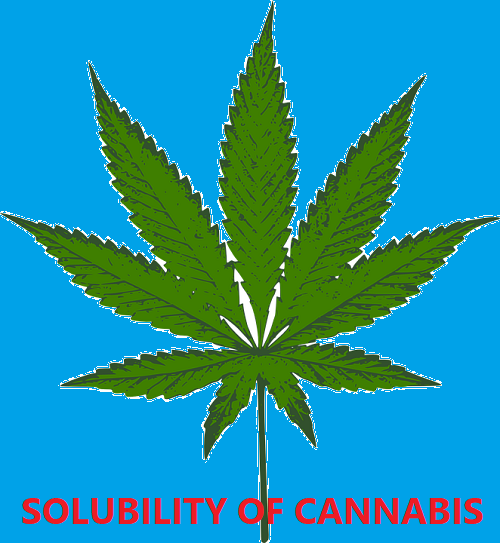
THC, the active substance in grass and hash, is not soluble in water; it is soluble in oils, fats and alcohols* This has been known for thousands of years.
Recipes from India and other hash-eating civilizations usually require that the ganja be sauteed in butter or ghee (clarified butter) before combining it with the other ingredients. Still, in the enlightened Twentieth Century, we find otherwise intelligent people boiling, and often only steeping, the leaves, seeds and stems of marijuana in water and drinking cup after cup in pursuit of a high that may never
arrive. Then they discard the leaves, which, though soggy, are still potent. If the grass is of excellent quality and has much resin on the outside, it is possible, after strenuous boiling, that a portion of these resins will be softened by the heat and will float out into the tea water. Clearly, though, boiling in water is not an efficient way to extract oil-soluble materials.
Most of the recipes in this writing involve some form of extraction of the cannabis resins into an oil
or alcohol medium. This is accomplished by any of the following methods: soaking or boiling in alcohol;
sauteing or boiling in oil or butter; combining, uncooked, with oil or butter; combining, heated or unheated, with an oil/water emulsion such as milk. Milk contains butter fats in emulsion with water. Cannabis materials can be boiled in milk and will dissolve into these fats. This emulsion solubility is the basis of the ancient beverage from India known as bhang.
Congratulations @azix! You received a personal award!
Click here to view your Board
Congratulations @azix! You received a personal award!
You can view your badges on your Steem Board and compare to others on the Steem Ranking
Vote for @Steemitboard as a witness to get one more award and increased upvotes!